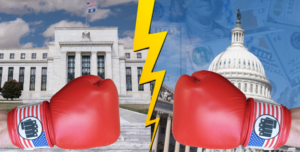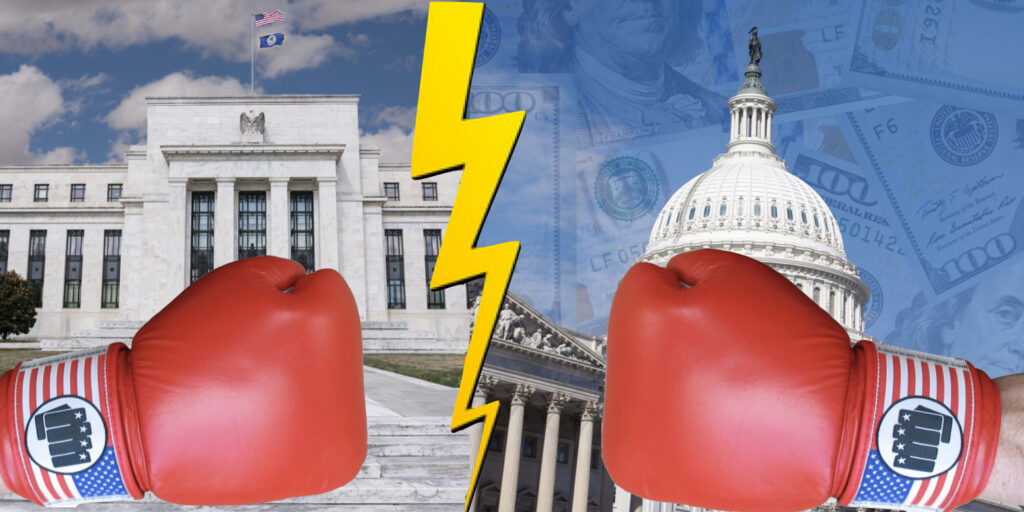In the wake of unprecedented pandemic economic stimulus measures, the federal government continued its spending spree at record levels. In January 2021, inflation, as measured by the Consumer Price Index (CPI), stood at a modest 1.39%, while the 10-year treasury yield hovered just below one percent. By the close of 2021, inflation had surged past 7% for the first time since 1982. Surprisingly, the 10-year treasury yield saw only a marginal increase, breaching 1.5% by year-end. This environment of low interest rates and soaring home values fueled a surge in both traditional and reverse mortgage activity, as homeowners refinanced or tapped into their newfound equity.
Despite the mounting inflation, Treasury Secretary Janet Yellen sought to allay concerns, suggesting that we might not be entering a sustained period of rising prices. Her infamous use of the term “transitory inflation” in a White House briefing in May 2021 implied that the inflationary pressures felt by Americans were expected to be short-lived. However, by March 2022, inflation had surged to a staggering 8.5% — a level not seen in over four decades.
Recognizing the threat posed by runaway inflation, the Federal Reserve took decisive action with a historic series of interest rate hikes commencing in March 2022. Over 16 months, the federal funds rate surged from near zero to 5.5%, ultimately bringing down overall, or headline, inflation from 8.5% to 3.7% by October 2023.
Yet, a significant factor looms that could potentially undermine or even reverse the Fed’s efforts to bring inflation back within target range: the federal government’s unprecedented spending, which is adding fuel to the inflationary fire.
Understanding Fiscal Dominance

The Federal Reserve possesses a range of monetary policy tools to steer the economy and control inflation. These tools include adjustments to interest rates, management of the central bank’s balance sheet, and control over the money supply.
On the other hand, fiscal policy — determined by the federal government — is shaped through borrowing, taxation, and spending. When the Fed’s monetary policy and the government’s fiscal policy diverge, the risk of Fiscal Dominance emerges. This term refers to the possibility that the accumulation of government debt and ongoing deficits can lead to inflationary increases that “override” central bank efforts to keep inflation in check, as noted in a recent economic research paper from the Federal Reserve Bank of St. Louis (FRED).
In essence, the policies and spending decisions of the federal government will ultimately exert a more significant influence on inflation than the efforts of the central bank.
This scenario arises when the government finances its deficits through non-interest-bearing debts, commonly known as “money printing.” The FRED paper labels this approach as “inflation taxation.” Consequently, the government must offer progressively higher interest rates to attract buyers of its debt during bond auctions. In the event of a failed auction, the government may resort to printing money as an alternative.
Currently, U.S. Treasuries are trading at 4.64% for the 10-year and 4.93% for the 2-year. Given the federal government’s current trajectory of spending, including wartime expenditures, it is unlikely that these rates will decrease in the near term. The consensus among the Federal Reserve’s board of governors suggests a projection of “higher for longer,” with no anticipated rate cuts for much of 2024.
As a result, the HECM’s expected rate, determined in part by the 10-year Constant Maturity Treasury, is likely to remain well above the HECM’s current interest rate floor of three percent well into the following year.







No comment yet, add your voice below!